I made a terrible mistake when I bought my first camera. Now, I’m a pro – and this is what I want new photographers to know
When I bought my first DSLR, it came in a kit with accessories that didn't even work well with the camera
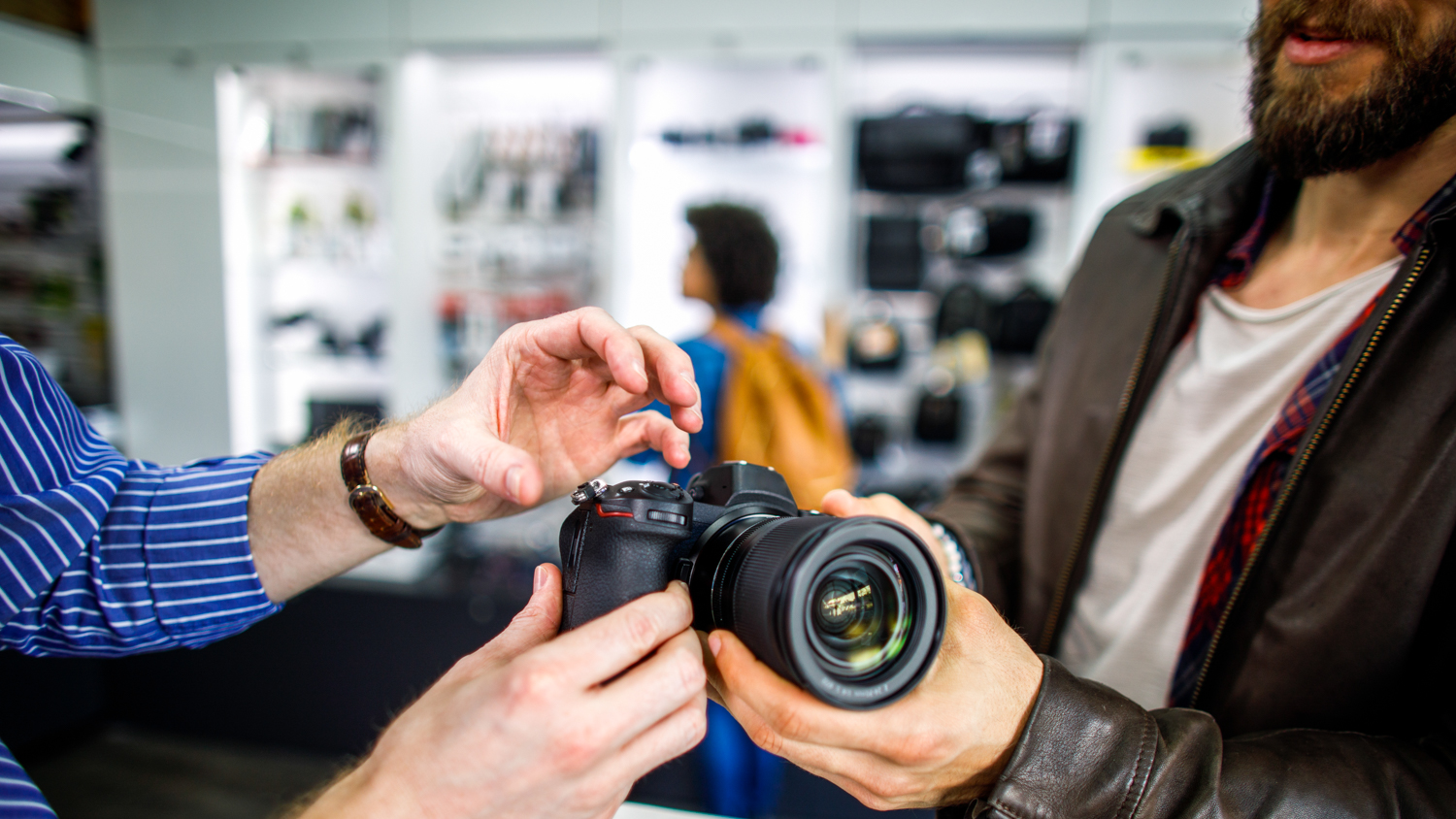
While I had a handful of point-and-shoot cameras that I loved using as a teenager, when it came time to buy my first serious camera I agonized over the decision for weeks.
But, despite spending endless hours researching the different cameras available at the time, I ended up making a big mistake: I bought a large kit that promised all the extra accessories that I needed.
The kicker? One of the lenses in the kit wasn’t even compatible with the camera.
I’m now both a professional photographer and a journalist who helps other photographers learn the craft and choose the right camera. But when I started I was working at a small town paper where, despite making not much more than minimum wage, I had to buy a camera to photograph everything from football games to the county fair.
I needed to make my budget stretch as far as it could, so once I settled on an affordable Nikon DSLR, I found a kit that bundled the camera with a few lenses, a tripod, a camera bag, and a memory card.
The problem? One of the lenses, the telephoto for sports photography, was an older version that wasn’t compatible with my camera’s autofocus system. Attempting to take sports photos with only manual focus as a total beginner was, needless to say, a complete nightmare, and I ended up buying the right lens as soon as my paycheck allowed.
The everything-but-the-kitchen-sink sort of kits that I bought when I first started out don’t seem to be quite as common as they were when I bought my first DSLR. But one thing that hasn’t changed is that buying an interchangeable lens camera for the first time is a daunting task fraught with potential pitfalls.
Get the Digital Camera World Newsletter
The best camera deals, reviews, product advice, and unmissable photography news, direct to your inbox!
If you’re looking to buy your first serious camera as a total beginner, this is what I wish I knew when I first started.
Not all lenses from the same brand are compatible with cameras from the same brand!
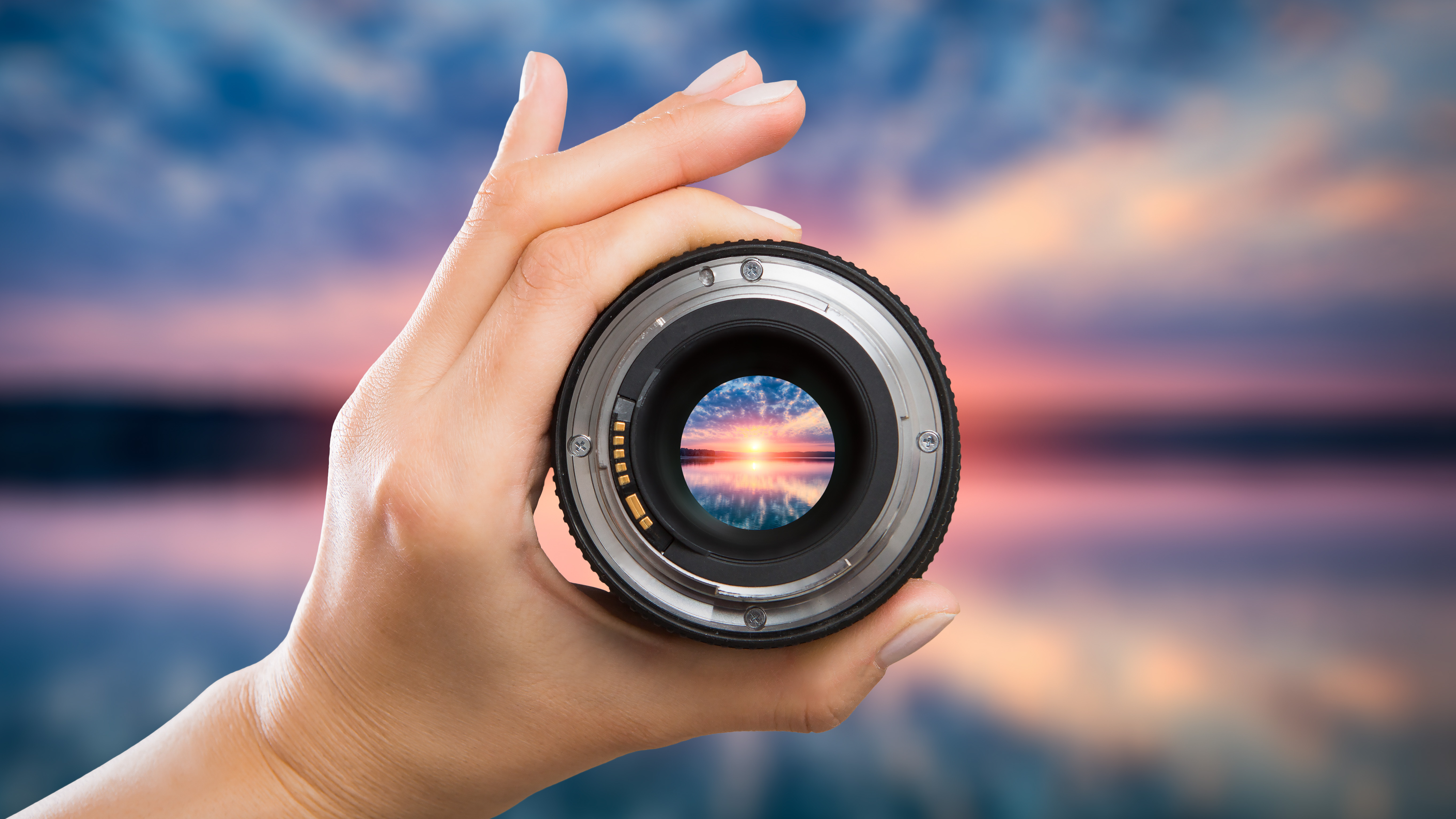
Interchangeable lens cameras need to be paired with compatible lenses, but there’s more to compatibility than just the brand. Buying a Nikon lens doesn’t guarantee that the lens is going to work with that Nikon camera, for example.
Lenses need to match the camera’s mount. Look up the technical specifications for the camera you want (or already have). You can find the specifications from major camera retailers, as well as from the manufacturer. Look for the lens mount in the specification list – this is what your lenses need to match.
For example, if you are buying a Nikon mirrorless camera in 2025, odds are that it's the Z mount, which is compatible with Nikon Z mount lenses. Nikon DSLR lenses need an adapter to work on Z-mount cameras, and the same applies to other brands like Canon and Sony.
While matching the mount is key, new photographers should also be aware that the sensor size of the camera matters too. A full-frame lens can work with a crop sensor camera, but if you try to use a crop sensor lens on a full-frame camera then your photos will end up cropped – which means you aren’t getting all the resolution that you paid for.
You’ll see this in the same list of technical specifications, under “lens format coverage.” If this specification says APS-C, don’t buy it if you have a full-frame camera.
If all this sounds confusing, there’s a simpler way to get a “yes” or “no” answer as to whether or not a lens is compatible with a certain camera. B&H has a link on lens pages that says “check compatibility with your camera.” This takes you to a tool where you can select your camera model and get an easy answer if the lens is compatible or not.
If you’re going to buy a bundle, buy from a specialist camera retailer
Bundle deals that go beyond the basic kit lens are still a fairly common option, especially at retailers like Amazon and eBay. But if you want to get a bundle, I recommend picking a bundle from a retailer that specializes in photography and videography, such as Adorama and B&H in the US.
I’ve seen many bundles that toss in a memory card and a basic bag without raising the cost of the camera. But beware that bundles often include fairly cheap accessories that you may not love, particularly when it comes to camera bags, filters and tripods.
I wouldn’t hesitate to pick up a bundle deal from a photography retailer that doesn’t raise the cost or only tacks on a minor price increase. But I wouldn’t pay much more for a bundle that includes a camera bag; I’d rather pick out my own bag that’s better suited to my needs and taste.
A kit lens may not be the best choice – and the lens absolutely needs to be factored into the budget
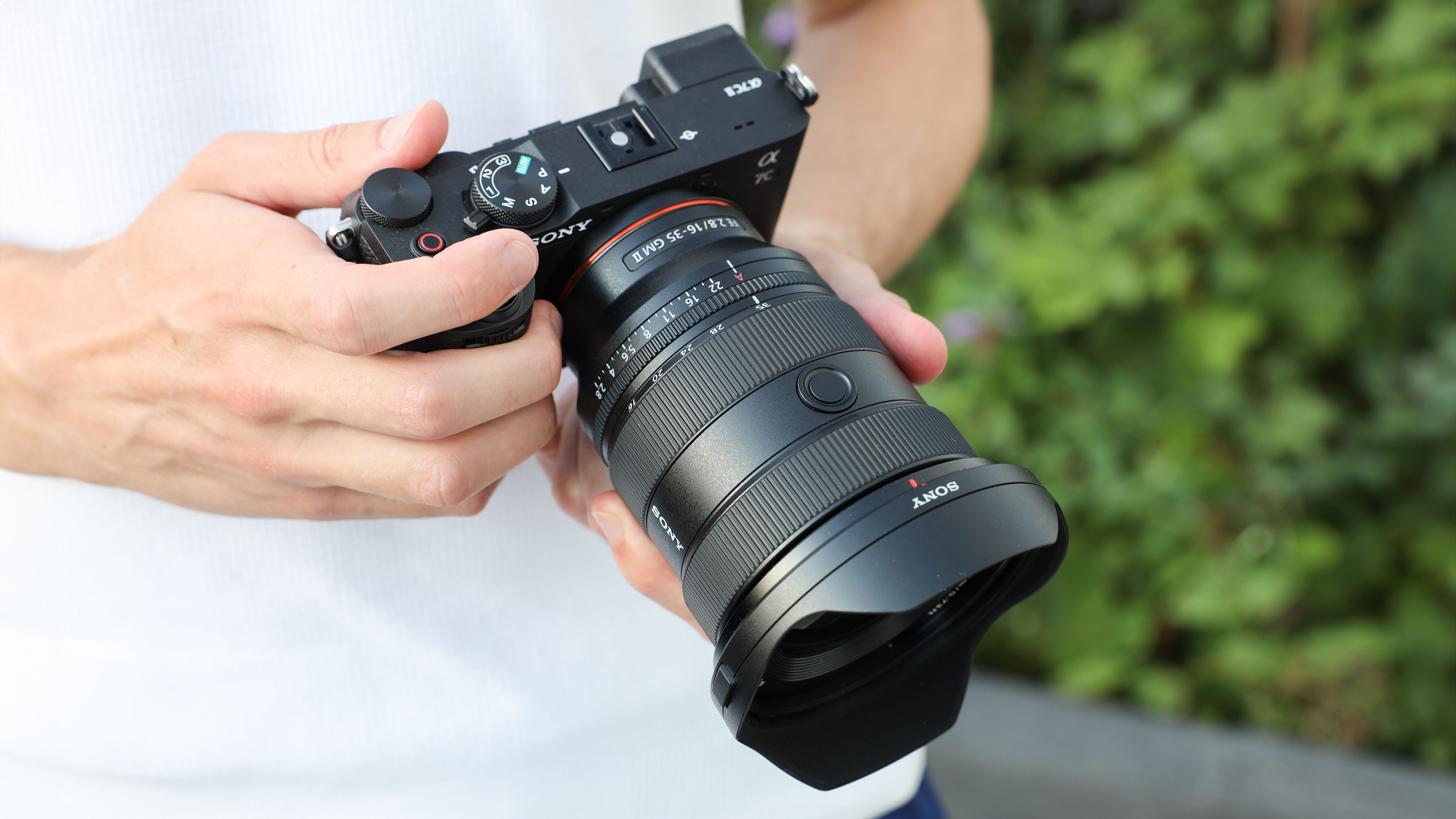
Mirrorless cameras and DSLRs need to be paired with a lens, which is why many of them come in kits that include a lens. Kit lenses are often an affordable zoom that’s good for a variety of different uses, including learning photography basics.
But the lens is half of the equation when it comes to image quality, and not all kit lenses are created equal. Before you buy a kit, you should read both the camera review and the lens review before deciding if the kit lens is the right option.
You may want to instead pair the camera with a prime lens with a bright aperture for portraits, or pick up a lens with a longer zoom for wildlife.
Figure out what type of photos you want to take first
Friends and acquaintances are always reaching out to ask me what camera they should buy. My response is always the same: Well, what kind of photos do you want to take? The best camera for a portrait photographer isn’t the same as the best camera for sports photography.
If you start camera shopping with the type of photos that you want to take in mind, you’ll be far less likely to make a bad decision. If you have a general idea of a genre that you want to shoot, you can jump-start your camera research with guides tailored to that type of photography – like the best camera for wedding photography, the best camera for travel photography or the best camera for wildlife photography.
Have no idea what type of photos you want to take? Start with the best cameras for beginners to get your feet wet.
If you need to stick to a low budget, don’t be afraid to look at an older model
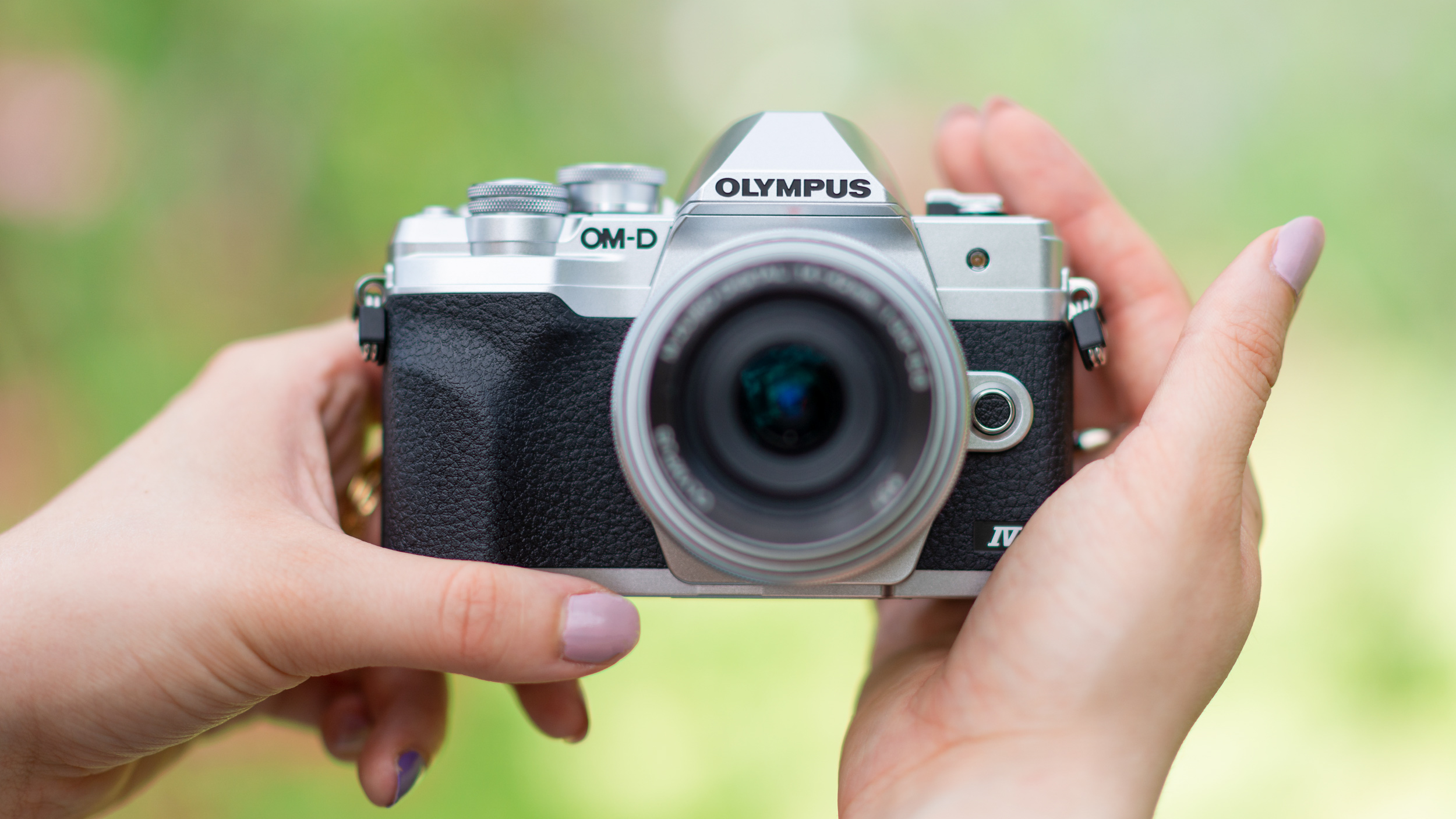
When I bought my first camera, I had to stick to a very strict budget. One of my favorite ways to get a great camera at a good price is to look at models that are slightly older.
These models may not have all the latest technology, but they still take great pictures. Sometimes, older advanced cameras will sell for prices similar to the barebones beginner's cameras.
Older cameras like the Sony A7 III, the Olympus OM-D E-M10 Mark IV or the Nikon Z6 II are just a few examples of capable cameras that are far more affordable right now because they’re a few years old.
New to photography?
We're glad you're here. Start with these photography tips for beginners, save these photography cheat sheets to refer back to as you learn, or browse the best cameras for beginners.
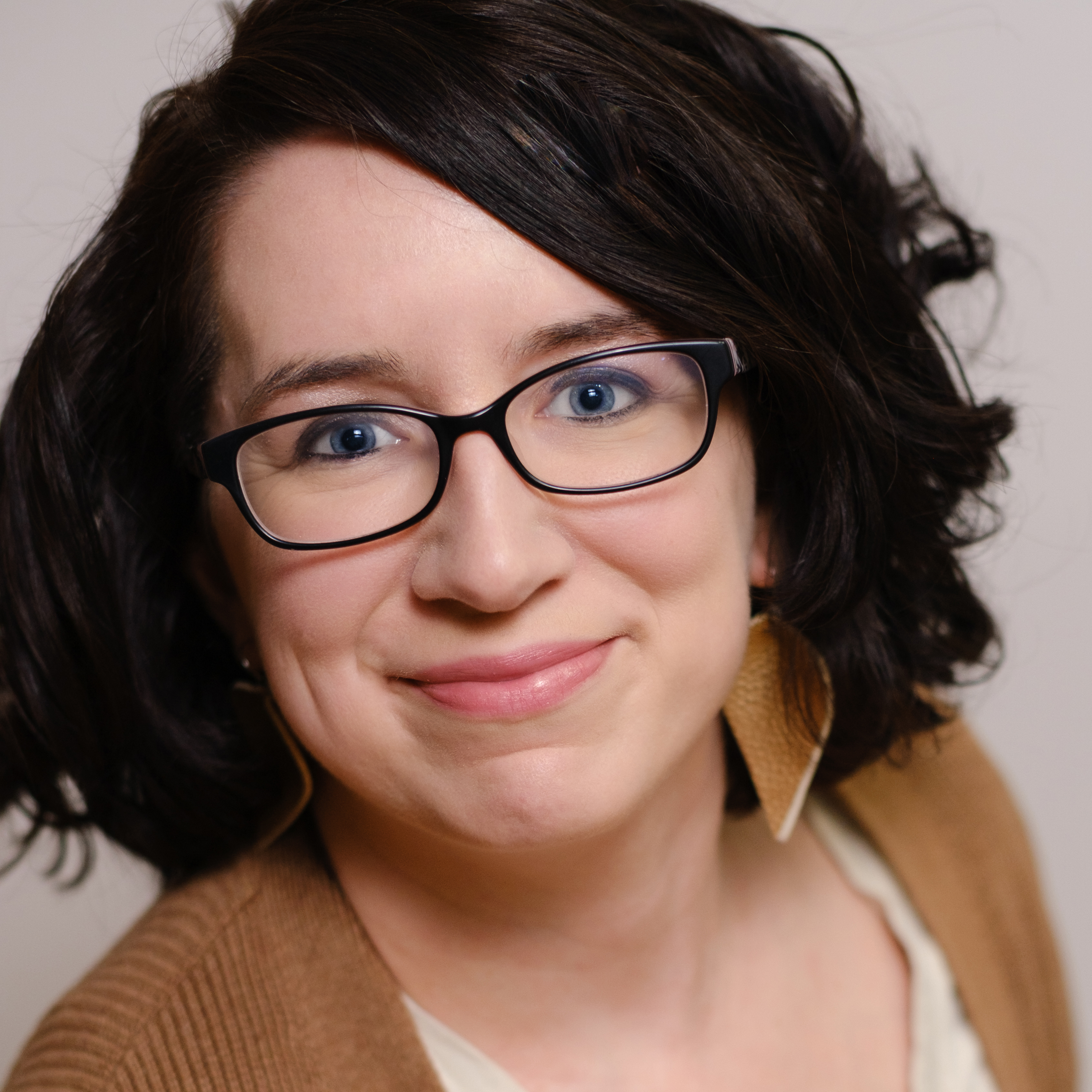
With more than a decade of experience reviewing and writing about cameras and technology, Hillary K. Grigonis leads the US coverage for Digital Camera World. Her work has appeared in Business Insider, Digital Trends, Pocket-lint, Rangefinder, The Phoblographer and more.
You must confirm your public display name before commenting
Please logout and then login again, you will then be prompted to enter your display name.
